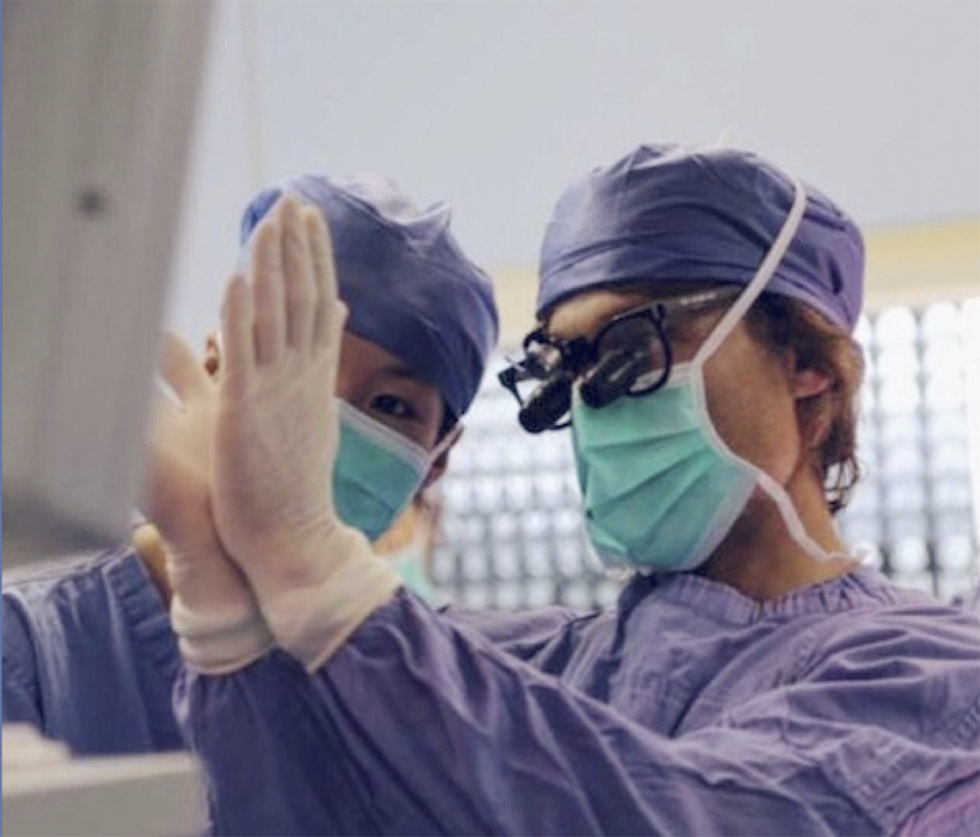Last week I wrote about the anatomy of the lateral canthus (the point or angle where the lower lids meet laterally). Today let me discuss the importance of tightening the lower lid (canthoplasty or canthopexy) during blepharoplasty (ie. why we do it).
Traditionally lower blepharoplasty was fraught with the complication of what we call an eyelid malposition such as ectropion (lid turned out) – see figure 1 below, or retraction (lid pulled down) – see figure 2 below
Figure 1
Above is an example of a lower lid ectropion (left) after surgery from another physician. After corrected the problem (right) there is a significant improvement.
Figure 2
Above is an example of a retracted lower lid (left) after surgery from another physician. Again after correcting the problem (right) there is significant improvement
These complications occurred because surgery was performed without providing support for the lower lid. Without this support – gravity, wound healing, and natural muscle weakness after surgery led to these problems.
As a result of the high number of these complications it became obvious to plastic surgeons that something had to be done to prevent these problems. This led to the development of numerous procedures to tighten the lower lid (canthal suspension techniques). The most significant of these which has been a mainstay of canthal surgery for the last 30 years is the lateral tarsal strip procedure initially described by Anderson (an Ophthalmic Plastic Surgeon) and colleagues in 1979. Below is the reference for the original description of the procedure
Anderson RL, Gordy DD: The tarsal strip procedure. Arch Ophththalmol. 1979;97:2192.
In my next blog on canthoplasty I will describe the procedure in depth and provide illustrations of the technique.
The take home message from today is that appropriate lower lid blepharoplasty requires a detailed knowledge of canthal anatomy (see last blog at https://drmassry.com/blog/?p=190), and significant experience with canthal surgery. If these two critical things are not present complications will occur – they always do. Fixing a canthal complication is exponentially more difficult that doing it right the first time.




